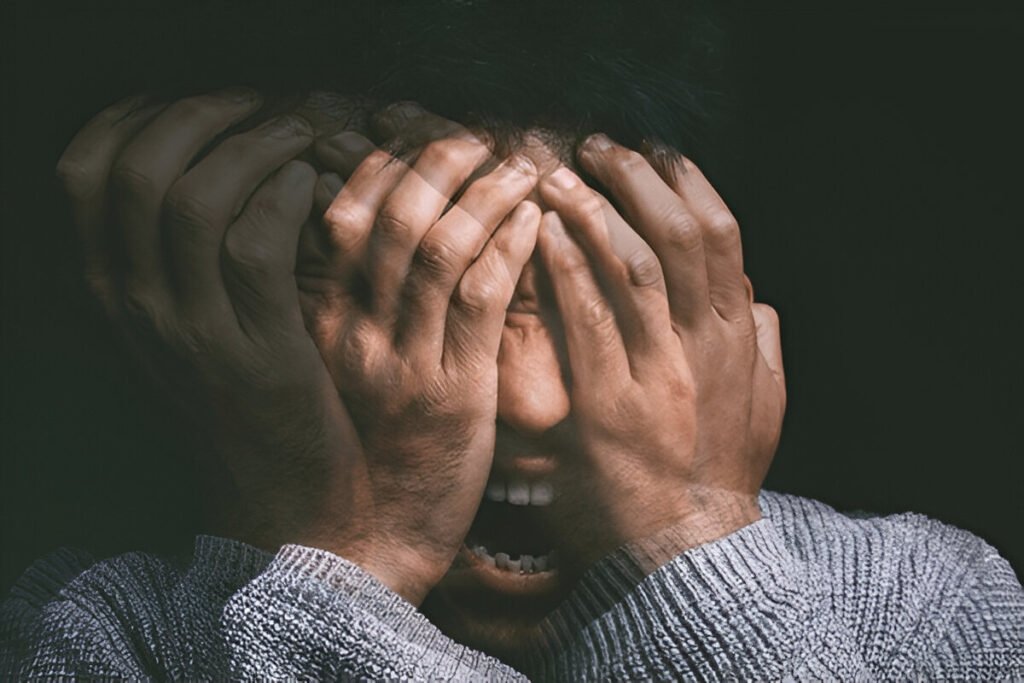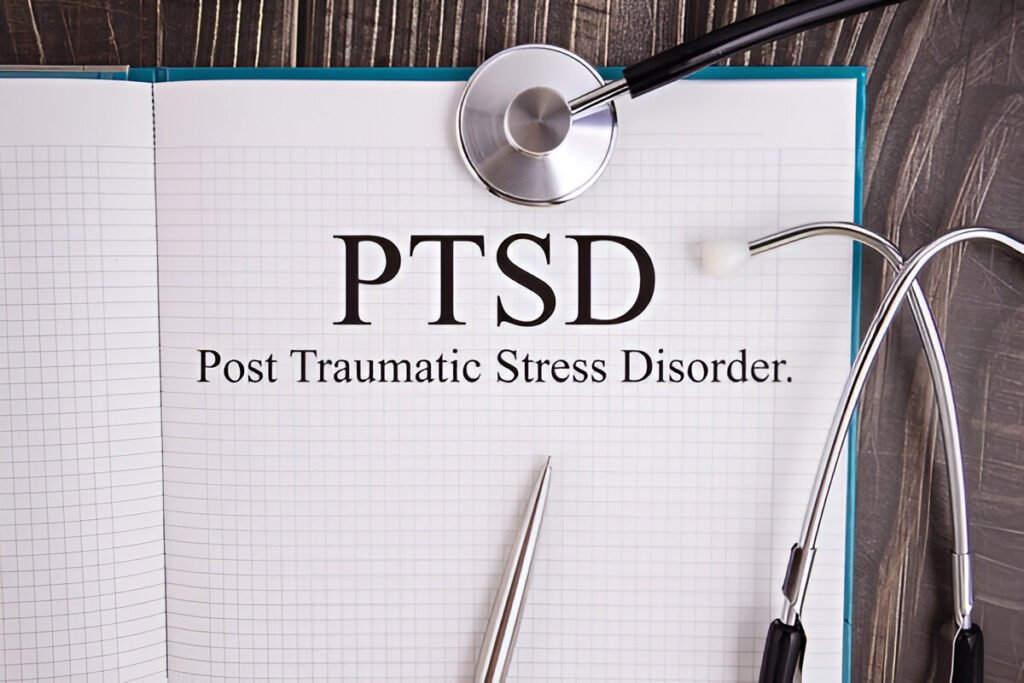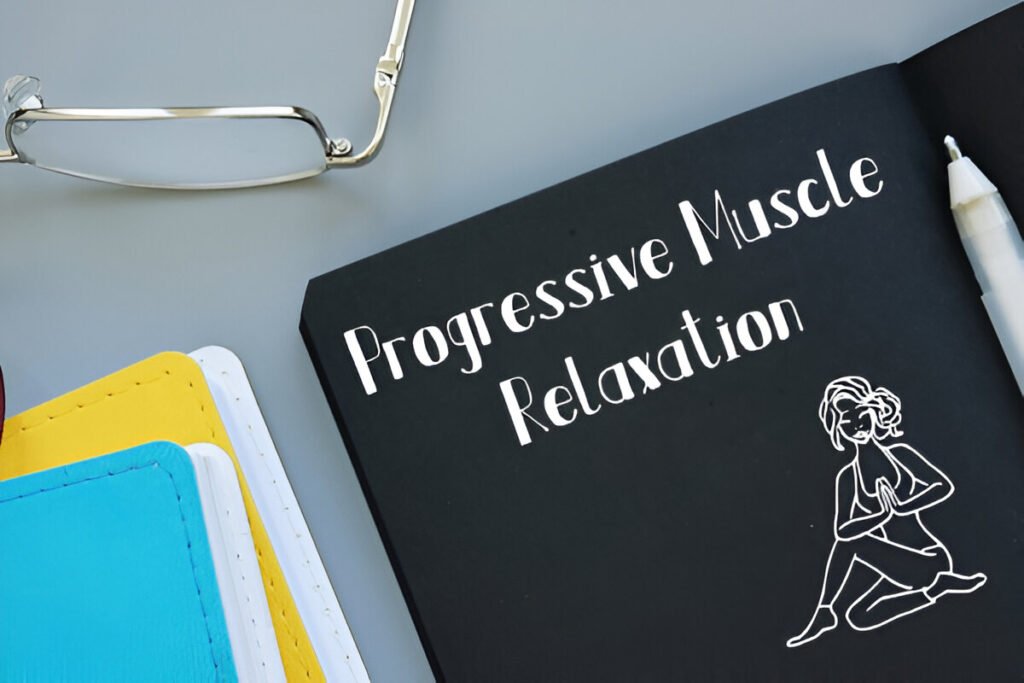Post-Traumatic Stress Disorder (PTSD) is a mental health condition resulting from traumatic experiences, and it often severely disrupts sleep patterns. People with PTSD frequently struggle with insomnia, nightmares, and heightened alertness (hypervigilance), all of which can make restful sleep difficult. These sleep disturbances can intensify the symptoms of PTSD, leading to a vicious cycle where poor sleep worsens mental and emotional health, making recovery more challenging.
Sleep is essential for processing emotions and memories, especially for individuals with PTSD. Adequate rest allows the brain to regulate emotions and reduce the emotional intensity of traumatic memories. Without proper sleep, symptoms such as irritability, anxiety, and hyperarousal become more difficult to manage, further impeding the recovery process. For this reason, addressing sleep issues is crucial for the overall healing and management of PTSD.
Common Sleep Problems Associated with PTSD
Insomnia is a common condition among people with PTSD and is characterised by trouble sleeping or staying asleep through the night. This is often compounded by nightmares, which frequently replay traumatic events, causing frequent awakenings and fragmented sleep. The emotional intensity of these nightmares makes it challenging for individuals to return to a restful state, leading to chronic sleep deprivation and worsening PTSD symptoms.
Another common issue is hyperarousal, a state of heightened alertness triggered by PTSD. This makes it difficult for the body to fully relax, causing restlessness and night sweats. Hyperarousal keeps individuals in a state of constant vigilance, making it harder to transition into deeper stages of sleep. The ongoing stress response exacerbates sleep problems, leaving the individual exhausted but unable to rest properly.
Additionally, sleep avoidance is a behaviour seen in many people with PTSD due to fear of reliving traumatic experiences during sleep. The anxiety of facing nightmares or flashbacks often leads to delaying or avoiding sleep altogether. When they do sleep, it’s frequently interrupted, resulting in fragmented sleep cycles. This cycle of avoidance and fragmented sleep prevents the body from entering the deep, restorative phases needed for healing, further aggravating the effects of PTSD.

Establishing a Healthy Sleep Routine
Establishing a consistent sleep schedule is vital for people dealing with PTSD as it helps regulate the body’s circadian rhythm. Going to bed and waking up simultaneously every day can create predictability, which is important for those who may feel constantly on edge. A regular sleep routine reduces anxiety around bedtime and improves overall sleep quality, offering a sense of stability that helps in managing PTSD symptoms.
Creating a relaxing sleep environment is another essential practice. The bedroom should be a calm, dark, quiet, and cool space free from distractions. For individuals with PTSD, a sense of safety is crucial, so the room should feel secure, with soft lighting or comforting objects to reduce anxiety. A peaceful, clutter-free environment promotes relaxation and can help ease the transition into sleep.
Limiting stimulants and screen time before bed is equally important. Caffeine and nicotine should be avoided in the hours leading up to sleep, as they can increase alertness and interfere with the ability to wind down. Additionally, the blue light emitted by electronic devices such as phones and computers can suppress melatonin production, making it harder to fall asleep. Reducing screen time before bed ensures the body can naturally prepare for sleep, improving overall rest quality.
Mind-Body Practices to Support Sleep
Mind-body practices such as mindfulness and meditation can be highly effective in supporting sleep for individuals with PTSD. Mindfulness-based stress reduction (MBSR) techniques, particularly guided meditation, help individuals focus on the present moment, which minimizes the impact of distressing memories or intrusive thoughts that may arise at bedtime. By training the mind to remain calm and centred, these practices create a mental space conducive to falling asleep more easily and staying asleep longer.
Breathing exercises and progressive muscle relaxation are key techniques for managing stress and promoting relaxation before sleep. Diaphragmatic breathing, which involves deep breathing from the belly, activates the parasympathetic nervous system, slowing the heart rate and reducing tension. By tensing and then relaxing distinct muscular groups, progressive muscle relaxation helps people become more conscious of and release physical tension in their bodies, making it easier to relax and fall asleep fully.
Yoga and gentle stretching can further ease anxiety and prepare the body for rest. Certain yoga poses, especially those that focus on slow, deep breathing and gentle movement, reduce stress and promote physical relaxation. Yoga Nidra, a guided form of deep relaxation, is particularly effective for calming both the mind and body, helping to reduce hyperarousal and improve the overall quality of sleep for those with PTSD.
Addressing Nightmares and Flashbacks
Imagery Rehearsal Therapy (IRT) is a cognitive-behavioural intervention designed to help individuals reframe their recurring nightmares. In this technique, individuals consciously reimagine their nightmares with less distressing outcomes during waking hours. By mentally rehearsing these revised, non-threatening versions of their nightmares, individuals can reduce both the frequency and emotional intensity of the nightmares over time, improving their sleep quality and reducing the psychological impact of traumatic dreams.
Grounding techniques are essential tools for managing flashbacks and nightmares, helping individuals stay connected to the present moment and disengage from distressing memories. These techniques often involve sensory-based strategies, such as holding a cold object, focusing on deep breathing, or engaging in physical actions like touching a textured surface. These methods interrupt the cycle of emotional distress triggered by flashbacks, helping individuals return to reality and regain control, which is especially important during nighttime disturbances.
Sound therapy or white noise machines can also play a key role in promoting a restful sleep environment. Sudden noises may trigger hyperarousal or flashbacks in people with PTSD, disrupting their ability to relax. White noise machines or calming sounds can mask abrupt sounds, creating a stable and peaceful sound environment. This helps individuals feel more secure, facilitating relaxation and allowing for more uninterrupted sleep.
Therapy and Professional Support
Cognitive Behavioral Therapy for Insomnia (CBT-I) is a highly effective, non-pharmacological treatment for individuals with PTSD who struggle with sleep issues. This structured therapy focuses on identifying and changing thoughts and behaviours that contribute to insomnia. By addressing maladaptive sleep habits, such as staying in bed awake or worrying about sleep, CBT-I helps individuals develop healthier sleep patterns. It also promotes relaxation techniques, sleep scheduling, and cognitive restructuring, making it a powerful tool for improving sleep quality in those with PTSD.
Eye Movement Desensitization and Reprocessing (EMDR) therapy is another effective treatment for PTSD-related sleep problems. EMDR works by helping individuals process and reframe traumatic memories through guided eye movements, which can reduce the emotional intensity of these memories. As traumatic memories lose their emotional charge, nightmares and other sleep disruptions caused by trauma may lessen, leading to better overall sleep. EMDR is particularly useful for individuals who experience recurrent nightmares tied to specific traumatic events.
In some cases, medication may be necessary to manage severe sleep disturbances associated with PTSD. Medications like prazosin have been used to reduce nightmares, particularly those related to trauma. Other options, such as melatonin supplements or antidepressants, may be prescribed to help regulate sleep patterns and ease insomnia. However, medication should always be considered under professional supervision, with careful monitoring to address any side effects and ensure it complements therapeutic approaches.
Lifestyle Adjustments to Improve Sleep Quality
Regular exercise and physical activity play a crucial role in reducing PTSD symptoms and improving sleep quality. Engaging in moderate aerobic exercises, such as walking, swimming, or cycling, releases endorphins, which enhance mood and help reduce anxiety. Physical activity also tires the body naturally, making it easier to fall asleep and enter deeper sleep stages. Regular exercise, particularly earlier in the day, promotes better sleep patterns and can alleviate some of the physical and mental stress associated with PTSD.
A healthy diet and limiting the intake of caffeine and alcohol are also important for better sleep. A diet rich in whole foods, including fruits, vegetables, lean proteins, and whole grains, supports overall health and helps regulate energy levels. Reducing or eliminating caffeine and alcohol, especially in the evening, is essential, as both substances can interfere with sleep cycles by increasing alertness or disrupting the body’s natural sleep-wake patterns. Maintaining a balanced diet and avoiding stimulants can help stabilize mood and improve sleep.
Establishing a calming wind-down routine before bed can further enhance sleep quality. Incorporating calming pursuits like journaling, meditation, reading, or having a warm bath can help the body recognise when it’s time to relax. This routine helps ease the transition from wakefulness to sleep, reducing mental chatter and physical tension. A consistent wind-down routine creates a predictable environment that prepares the mind and body for restful sleep, especially for those managing PTSD.

Dealing with Sleep Setbacks
Dealing with sleep setbacks requires recognizing and managing triggers that disrupt rest. Stress, loud noises, or anniversaries of traumatic events can all contribute to sleep disturbances for individuals with PTSD. By understanding and identifying these triggers in advance, individuals can take proactive steps, such as adjusting their sleep environment, practising relaxation techniques, or seeking support when triggers arise. Recognizing these factors helps maintain control over sleep hygiene and reduces the impact of disruptions.
After a bad night’s sleep, it’s essential to avoid dwelling on it and focus on resetting the sleep cycle. Returning to a consistent sleep schedule the following night, avoiding long naps during the day, and engaging in relaxation techniques before bed can help restore regular sleep patterns. Patience is key, as setbacks are a natural part of the recovery process. Individuals should practice self-compassion by acknowledging small improvements and understanding that progress is gradual. This mindset encourages long-term success in overcoming sleep difficulties related to PTSD.
Conclusion
Improving sleep for individuals with PTSD requires a comprehensive approach that combines a healthy sleep routine, therapeutic techniques, and lifestyle changes. Key practices, such as establishing a consistent bedtime, creating a calming sleep environment, and integrating mind-body relaxation techniques, can significantly enhance sleep quality. Alongside these self-care strategies, professional interventions like Cognitive Behavioral Therapy for Insomnia (CBT-I) or EMDR therapy can further support recovery, addressing both the mental and emotional challenges that disrupt sleep.
A holistic approach to PTSD recovery recognizes the importance of addressing both the mind and body. Progress in managing sleep problems takes time and requires effort, but a personalized strategy can lead to meaningful improvements. By focusing on a balanced combination of therapy, self-compassion, and practical sleep habits, individuals can experience better rest, ultimately improving their overall mental health and well-being.





